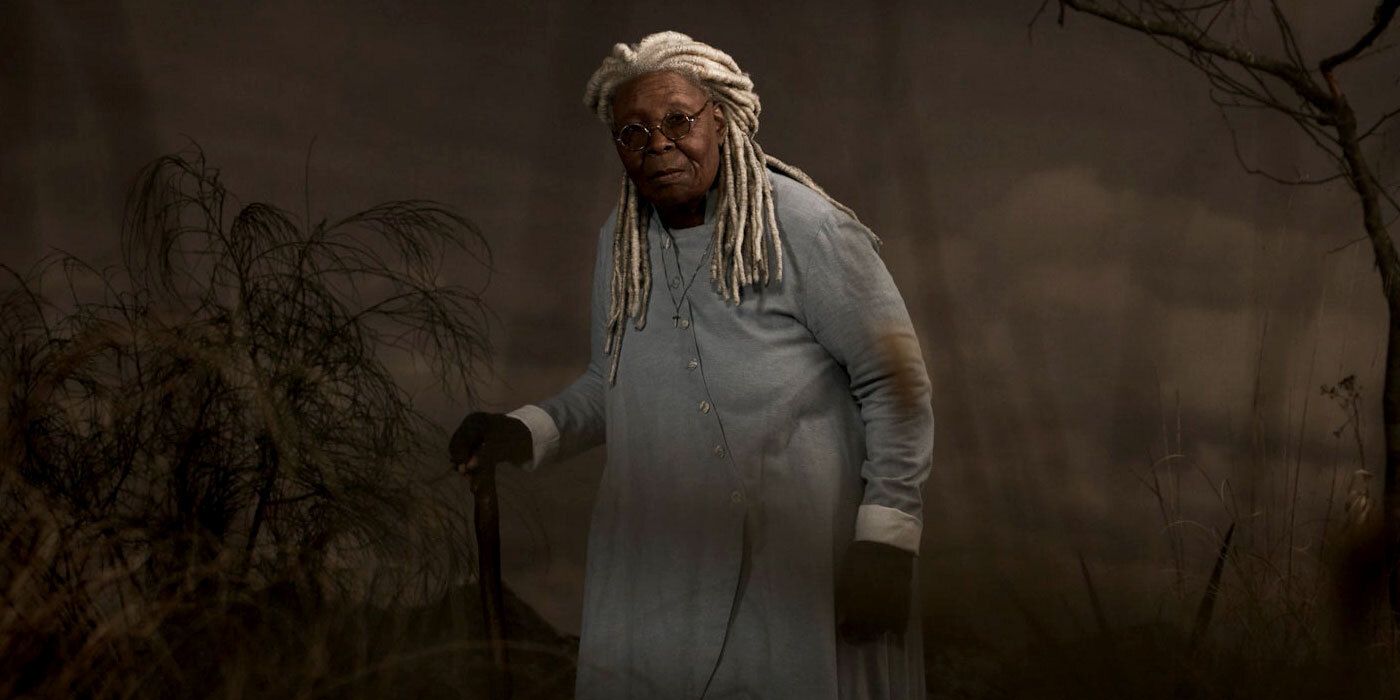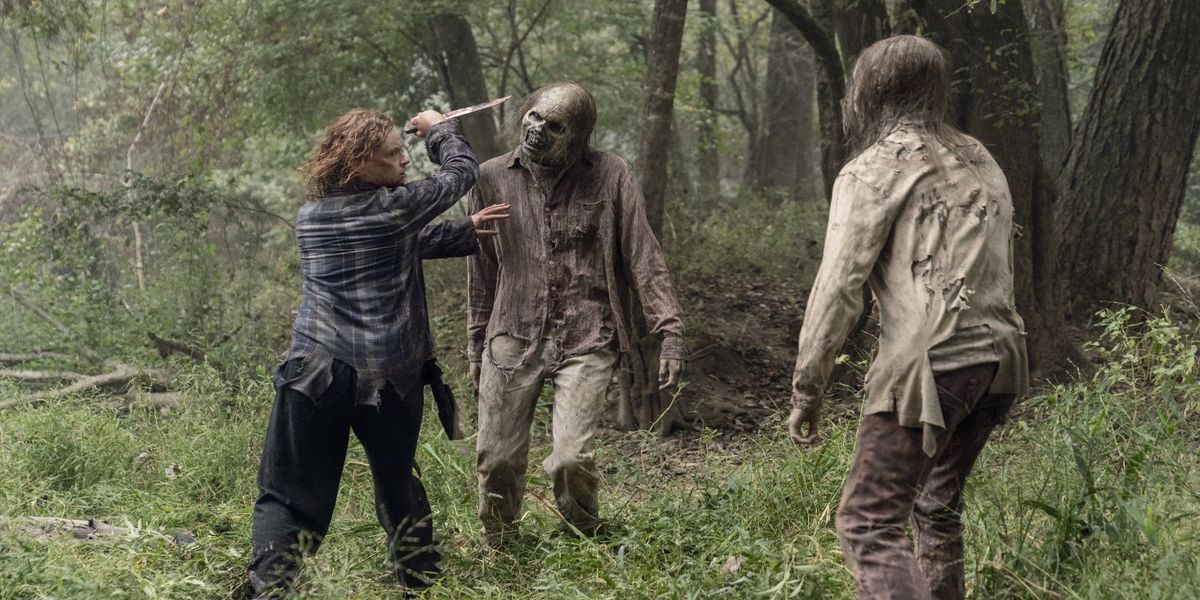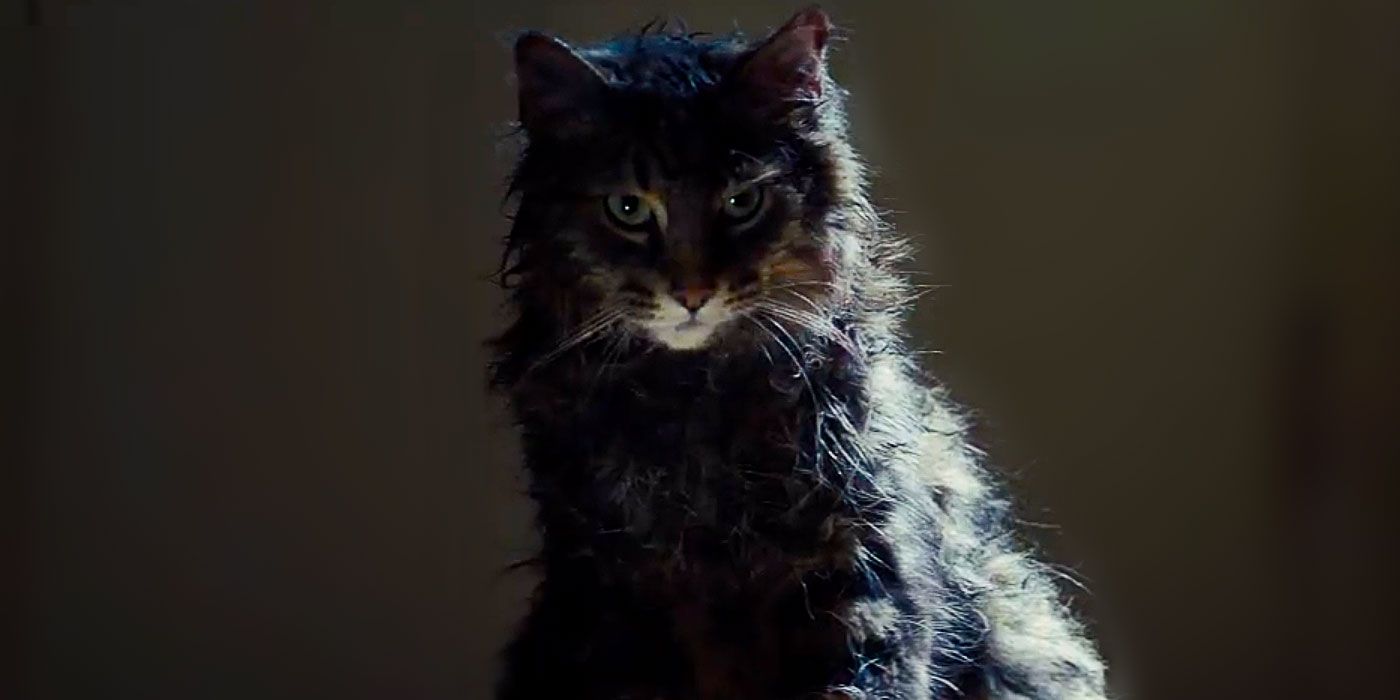Stephen King is one of the most successful authors of all time. His books have sold a total of over 350 million copies worldwide, yet his popularity and presence fizzled out for years until the release of Under the Dome in 2009. This led to a larger boom in the last six years with several King adaptations hitting the big and small screen, among them including It, Pet Sematary, Gerald's Game and The Dark Tower.
While the critical reception for them has been hit or miss, the movies have undoubtedly been commercially successful. This success has added fuel to the fire with more adaptations in production, such as The Stand miniseries hitting CBS All Access later this year and movies like The Dark Half, Tommyknockers and The Long Walk in various planning stages.
While King's works have transcended generations, it is surprising to see his properties from the 70s and 80s resonating so well with contemporary audiences. While a lot of the works in production are capitalizing on the success of the most recent films and shows, which was sparked to some extent by the success of the Under the Dome series, there is a deeper truth behind King’s resurgent popularity.
Horror has always appealed to cultural anxieties. While the genres and scares have changed over the years, this part of the recipe has worked for decades. The atomic age saw the rise of mutations and monsters, the height of the cold war saw invader narratives, the sixties saw the evil within one’s family and the trend continued to evolve based on what audiences feared off screen.
The beginning of the new millennium then gave rise to the zombie as the most popular monster. Over the years there have been multiple reasons and theories formulated about what the zombie represented, from terrorist sleeper cells, to dead soldiers of war, to victims of the economic collapse, to patients of a pandemic. Movies like Dawn of the Dead and 28 Days Later became huge commercial successes, and The Walking Dead even brought the zombie to television later on.
However, the Obama era eased many of these anxieties with the wars in the Middle East simmering, economies around the globe recovering and other anxieties cooling down. The most urgent crises had been survived. The zombie apocalypse, along with everything the zombie could have represented, had - more or less - passed.
Much like at the end of the Cold War, people in the west were waiting, and sometimes searching, for their next anxiety and its visual representation on screen. This is where King stepped back into the spotlight. King’s books explore various classic monsters from a vampire in Salem’s Lot, to disease in Cujo, to the Other in Tommyknockers, so the options are near endless.
The wide variety of King's monsters and what they can represent makes his material very versatile. They are perfect for a point in time when everybody else is searching for the "next big thing" in horror. There is not one underlying focal point in all of King's adaptations, so there is plenty to experiment with.
It is a coming-of-age story that deals with the idea of facing one's worst fear and overcoming the demons of the past. Pet Sematary deals with grief and loss, individually and as a family. The Stand is a sociological study and, coincidentally, a perfect analogy for the current political and social atmosphere in the United States.
King's revival then is a mix of rediscovery, commercial success and the void of a distinct new trend in horror. As viewers wait for that next trend, people will keep turning towards its most prominent literary representative for material.
One last thing that helped King was that many of his readers had yearned for remakes of It and The Stand, as well as an adaptation of The Dark Tower series for quite some time. The fact that The Stand will be released during the height of a global pandemic is coincidence, but the fact that filmmakers and studios turned towards King’s material at this moment in time is not.




